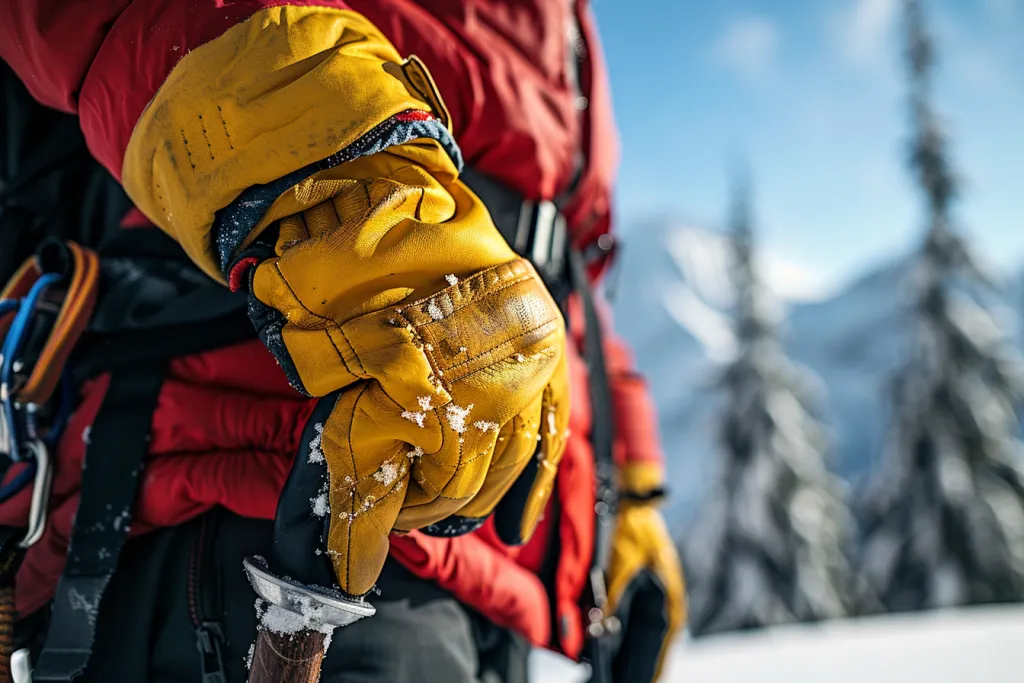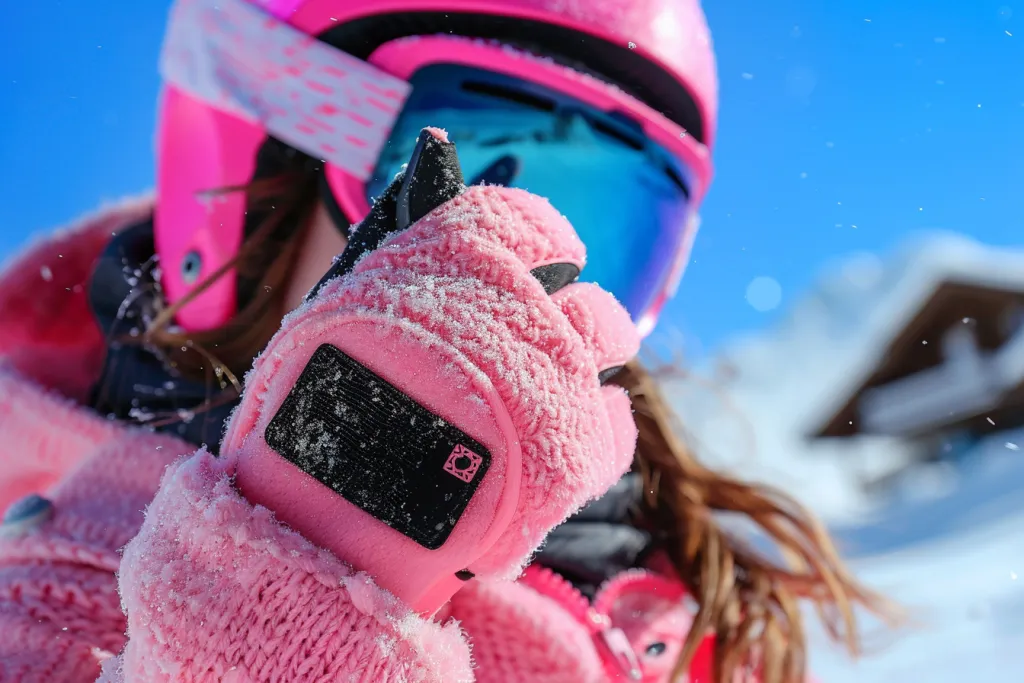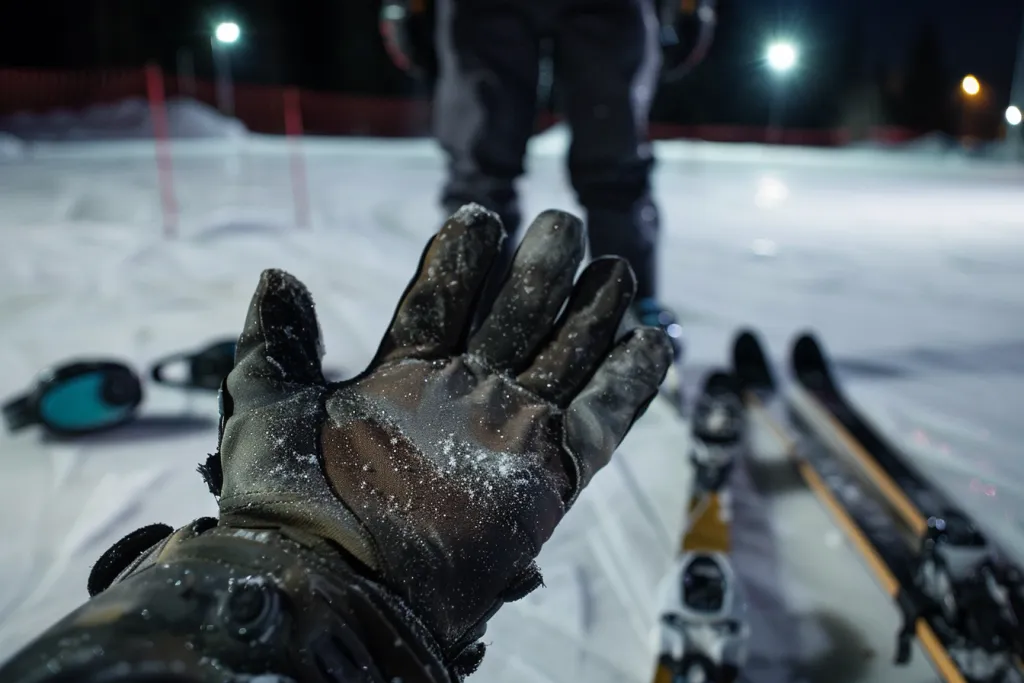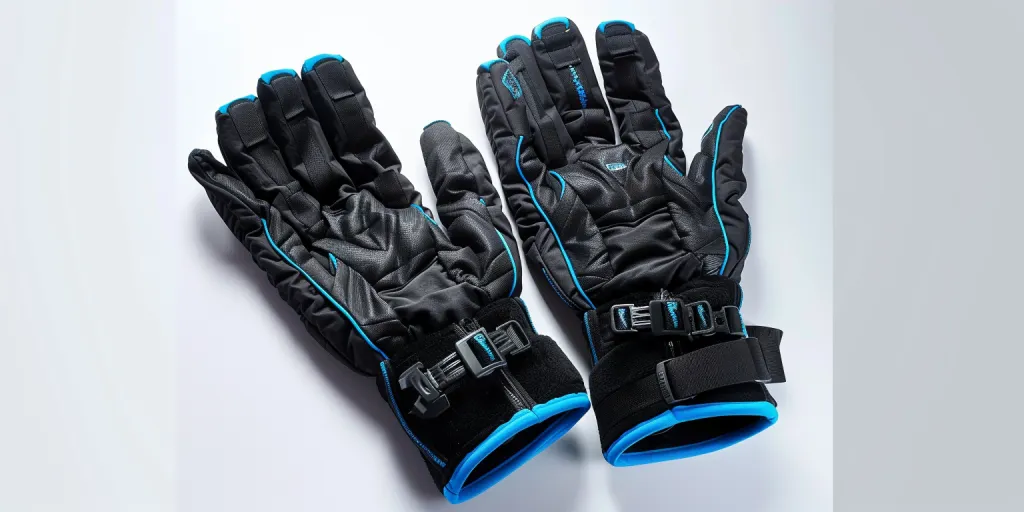As the winter season approaches, the excitement for skiing adventures begins to build. Amid the anticipation, one crucial element often overlooked is the selection of appropriate ski gloves. This guide is designed to navigate through the myriad of options, focusing on the aspects that matter most: material, insulation, fit, durability, and additional features. Our aim is to equip you with the knowledge to make an informed decision, ensuring your hands remain protected against the elements, so you can focus on enjoying the crisp mountain air and the thrill of the slopes.
Table of Contents:
– Understanding the materials
– Importance of insulation
– Finding the perfect fit
– Durability and longevity
– Must-have additional features
Understanding the materials

Ski gloves are crafted from a variety of materials, each offering distinct benefits. Leather, a traditional choice, is prized for its durability and natural waterproof qualities. Synthetic materials, on the other hand, provide excellent flexibility and are often lighter in weight. Recently, advancements in technology have introduced materials that offer the best of both worlds: durability, flexibility, and enhanced waterproofing. When selecting ski gloves, consider the conditions you’ll be facing and prioritize materials that offer the protection and comfort you need.
Importance of insulation

Keeping your hands warm is more than a comfort; it’s a necessity. Insulation in ski gloves is key to retaining heat and warding off the cold. There are mainly two types of insulation: down and synthetic. Down insulation is known for its excellent warmth-to-weight ratio but performs poorly when wet. Synthetic insulation, while slightly bulkier, retains heat even when damp and dries quickly. Some gloves feature a blend of both, aiming to maximize warmth and moisture management. When choosing insulation, consider your activity level and the typical climate of your skiing destination.
Finding the perfect fit

A glove’s fit is paramount to maintaining dexterity and warmth. Gloves that are too tight can restrict blood flow, leading to colder hands. Conversely, gloves that are too loose fail to trap body heat effectively. To find the perfect fit, measure the width of your hand and compare it with the manufacturer’s sizing chart. Remember to consider the type of activities you’ll be performing. For those who prioritize agility, a snugger fit with flexible materials is ideal. For others, a roomier glove might provide the comfort and insulation needed for longer, more leisurely days on the slopes.
Durability and longevity

Investing in a pair of ski gloves means expecting them to withstand the rigors of winter sports. Durability is influenced by the quality of materials and construction. Reinforced palms and fingertips are critical areas where extra strength is necessary to resist wear from ski poles and other gear. Additionally, well-constructed seams are essential to prevent water ingress and maintain the glove’s structural integrity. When assessing durability, pay attention to the glove’s stitching, reinforcement areas, and material quality to ensure they can endure multiple seasons.
Must-have additional features

Beyond the basics, several additional features can enhance your skiing experience. Ventilation systems help regulate temperature, preventing hands from becoming too sweaty. Touchscreen compatibility is a convenient feature for those who wish to use their devices without removing their gloves. Wrist cinches and cuffs provide a secure fit and prevent snow from entering. Some gloves also include pockets for hand warmers, an invaluable addition for those particularly cold days. When selecting ski gloves, consider which features align with your needs and preferences.
Conclusion:
Choosing the right pair of ski gloves is a critical decision that can significantly impact your comfort and performance on the slopes. By understanding the importance of materials, insulation, fit, durability, and additional features, you’re well-equipped to select gloves that meet your specific needs. Remember, the goal is to find a pair that offers the perfect balance of warmth, protection, and dexterity, allowing you to focus on the joy of skiing. With the right gloves, you’re one step closer to an unforgettable winter adventure.




